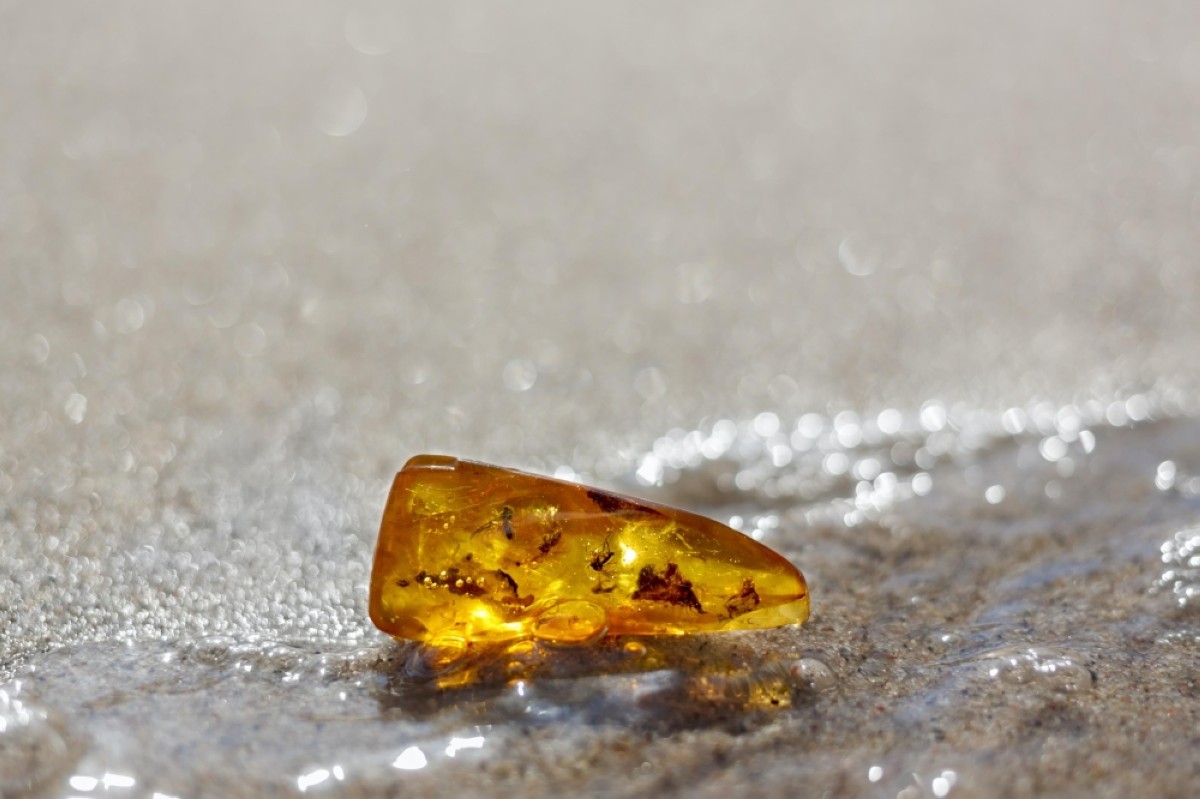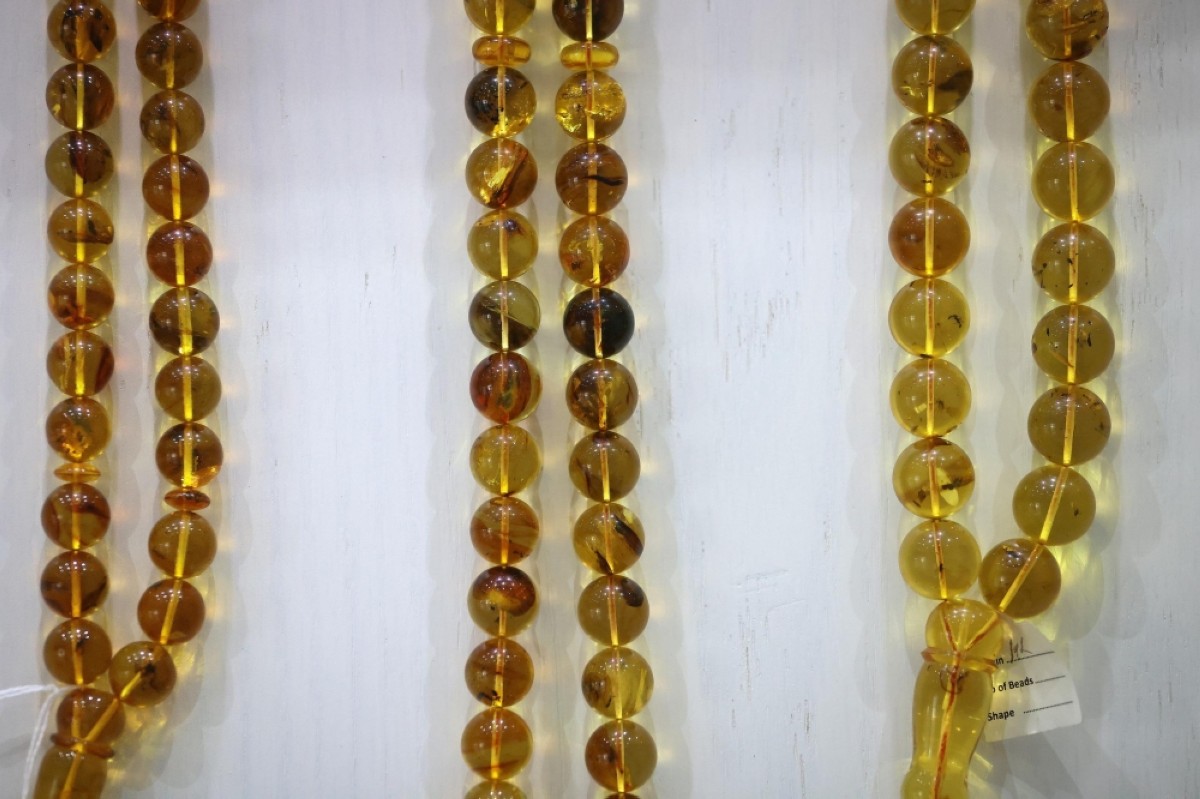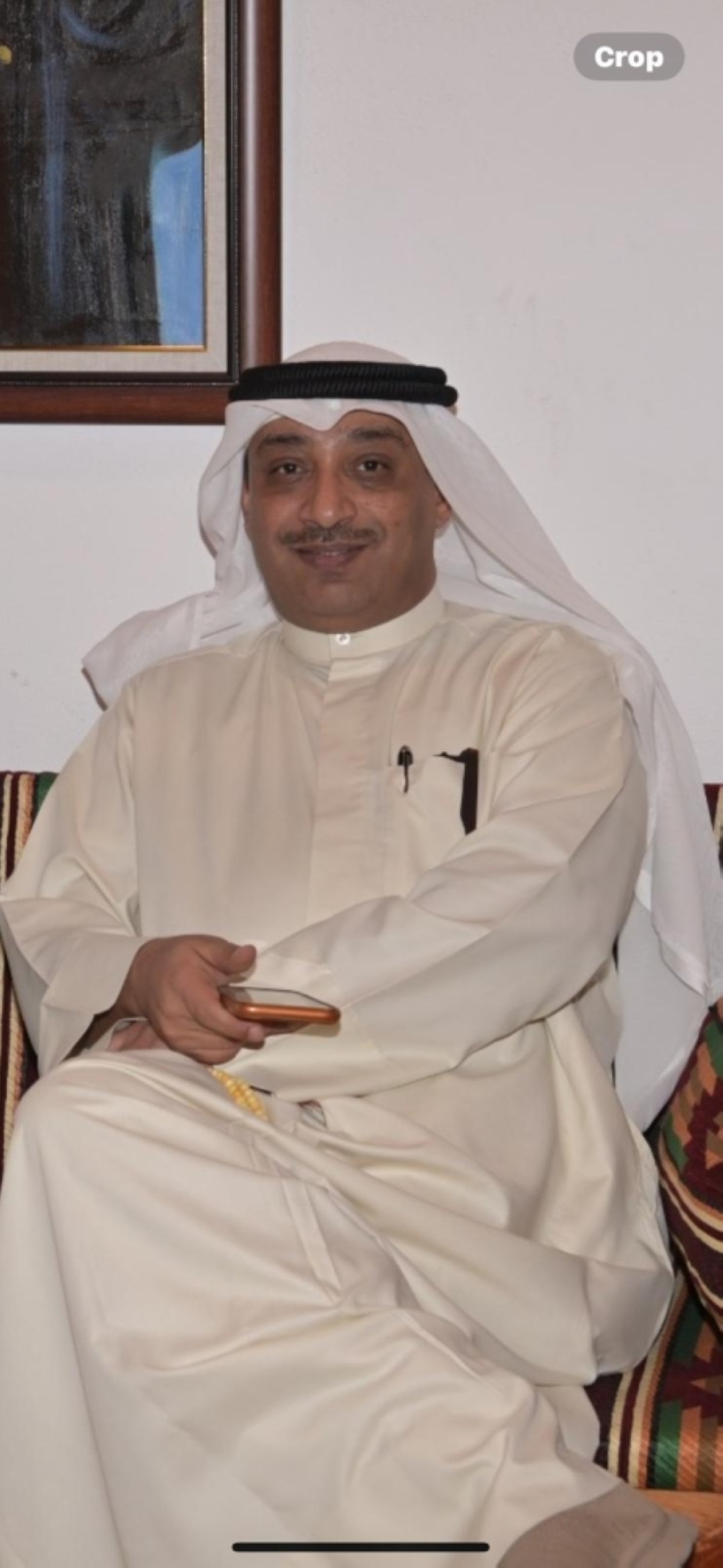During the time of Prophet Muhammad (PBUH), his companions observed him engaged in a humble practice: He would count his dhikr, the rhythmic recitation of words or prayers in honor of God, using either his fingers . This simple yet profound tradition laid the groundwork for the creation of prayer beads, known as masbaha, designed to serve the same purpose of aiding in the remembrance of God. Prayer beads have since become a widely recognized symbol within Islam.
The art of crafting prayer beads originally emerged from Iraq, Persia, and among pilgrims from Makkah, eventually making its way to Kuwait in the mid-20th century, as noted by heritage researcher Salem Abdullatif Al-Misbah. He highlighted that the Kuwaiti people admired this craft as they were eager to distinguish themselves from the conventional designs of other regions. They infused their creativity by introducing fresh concepts in material selection, designs and craftsmanship techniques.










Over time, prayer beads have evolved beyond their traditional use, becoming fashionable accessories that add a touch of luxury to Kuwaiti men’s attire, according to Mohamed, owner of a mashaba shop in Kuwait. He emphasized that among all Gulf countries, Kuwait stands out as the leader in crafting and selling prayer beads.
These prayer beads, whose sales notably grow during Ramadan, are purchased for personal use or as gifts, according to vendors, embodying a rich cultural heritage in Kuwait. "They’re worth more than gold now,” Mohamed remarked, underscoring that a single gram of prayer beads can cost anywhere from KD 10 to 200. "And as they age, their value increases.” He explained that prayer beads hold immense significance for Kuwaiti individuals, often cherished as invaluable treasures passed down through generations rather than traded for profit.
Khaled, owner of another masbaha shop, concurred, further elaborating that the prices of prayer beads span a wide range, from KD 20 to possibly KD 20,000. Khaled noted that the most sought-after variety in Kuwait is the Kahraman (amber stone), extracted from the sea and admired for its originality and the distinctive aroma it releases. Misbah expanded on this matter, noting that this stone holds many secrets within. He discussed how it has been buried deep in the earth for millions of years and how it is often found to contain fossilized remains of insects and plants, preserved in time.

